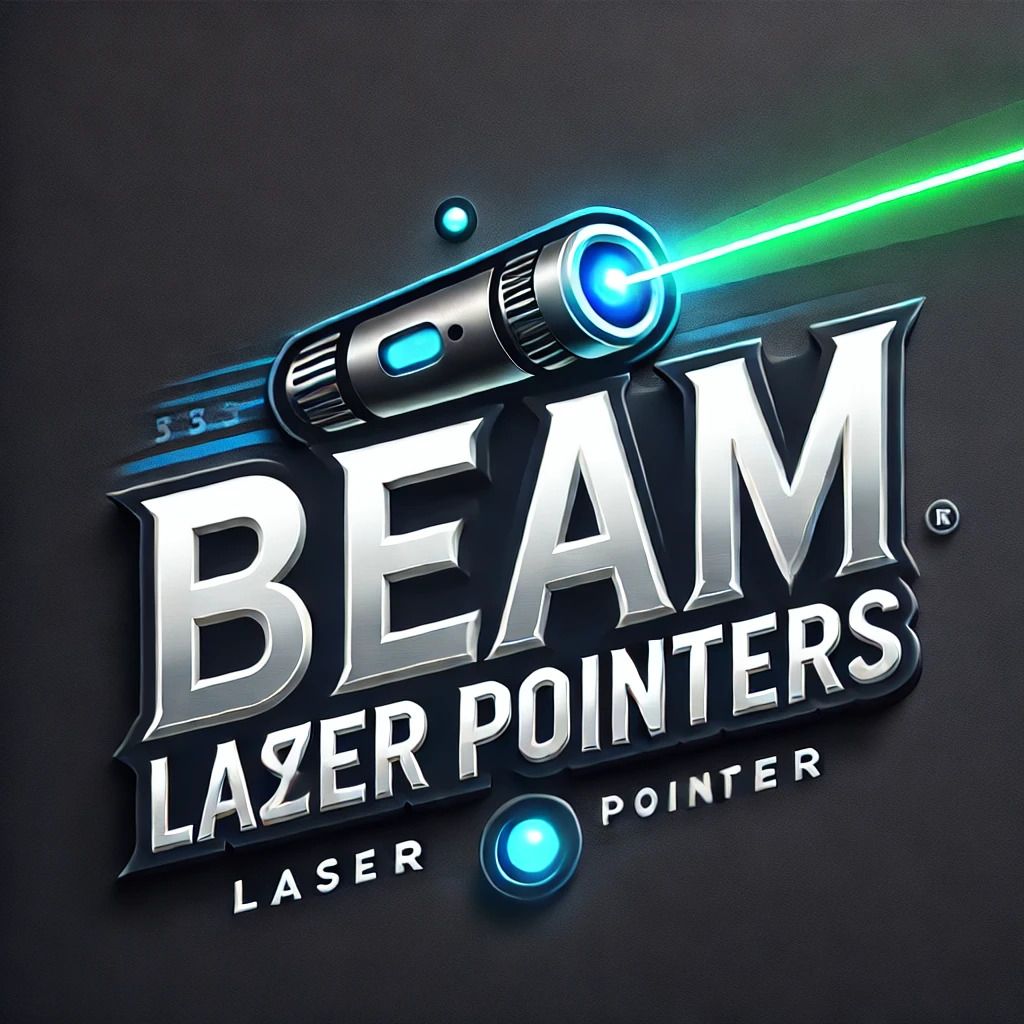
The Science of Laser Pointers: How They Work
Key Takeaways
- Laser pointers use a process called stimulated emission to produce light.
- Key components include the laser diode, lens, and power source.
- Understanding the types of lasers can help you choose the right one for your needs.
- Safety guidelines are crucial for preventing accidents when using laser pointers.
- Laser pointers have applications in various fields, including presentations and astronomy.
Laser pointers have become a ubiquitous tool in classrooms, boardrooms, and even for stargazing. Understanding how they work and their basic components can help consumers make informed decisions when selecting a laser pointer. In this article, we will explore the science of laser technology, the working principles behind laser pointers, and the different types available on the market.
How Lasers Work
The term "laser" stands for Light Amplification by Stimulated Emission of Radiation. At its core, a laser pointer works by using light that is amplified and focused, creating a narrow beam of coherent light. The critical processes involved in laser action include:
- Excitation: Atoms in the laser medium are energized using an external power source.
- Stimulated Emission: The energized atoms emit photons (light particles) when returning to a stable state.
- Amplification: The emitted photons stimulate other excited atoms, generating more photons of the same wavelength, resulting in a cascade of light.
Components of a Laser Pointer
To better understand how laser pointers work, let’s break down their essential components:
| Component | Function |
|---|---|
| Laser Diode | The source of the light, commonly used in laser pointers. |
| Lens | Focuses the light produced by the diode into a coherent beam. |
| Power Source | Typically batteries that power the laser diode. |
| Casing | Protects the internal components and provides a grip for users. |
Types of Laser Pointers
Laser pointers come in various types, with different attributes suited for specific uses. Here’s a quick overview of common laser pointer types:
- Astronomy Lasers: These are more powerful and can be used to point out stars and constellations. Learn more about astronomy lasers here.
- Industrial Lasers: Used in manufacturing and construction for alignment and measurement tasks. Explore industrial lasers here.
- Presentation Lasers: Ideal for classroom and business presentations to highlight specific points. Discover presentation lasers right here.
- Pet Toy Lasers: Designed for entertainment; these are often safe and less powerful. Check out pet toy lasers here.
- Tactical Lasers: Used by military and law enforcement, often featuring higher output levels. Find tactical lasers here.
Application Areas
Laser pointers have a wide range of applications. Here are some common fields where they are used:
- Education: Teachers use them to guide students' attention during lessons.
- Business: Presenters utilize laser pointers for clearer communication of ideas.
- Science and Astronomy: They help enthusiasts locate stars and constellations.
- Pet Training: Owners use laser pointers for interactive play with their pets.
Safety Guidelines for Laser Pointer Use
While laser pointers are useful, safety must be the priority. Here are essential guidelines to prevent misuse:
- Avoid shining lasers directly into people's eyes.
- Do not direct lasers toward vehicles or aircraft.
- Keeps lasers away from pets to prevent accidents.
- Ensure the laser pointer is compliant with safety standards.
Conclusion
Understanding the science behind laser pointers not only enhances your appreciation for this fascinating technology but also equips you with the knowledge to use them effectively and safely. Whether you're using them for professional presentations, stargazing, or play, knowing how laser pointers work can enrich your overall experience.
Pros
- Easy to use and portable.
- Various applications in multiple fields.
- Accessible and affordable options available.
Cons
- Improper use can lead to accidents.
- Different power levels can impact visibility.
- Not all lasers are suitable for every application.
For more educational resources on laser pointers and safety guidelines, explore our Educational Resources section. Stay informed, and make the most out of your laser pointer experience!



